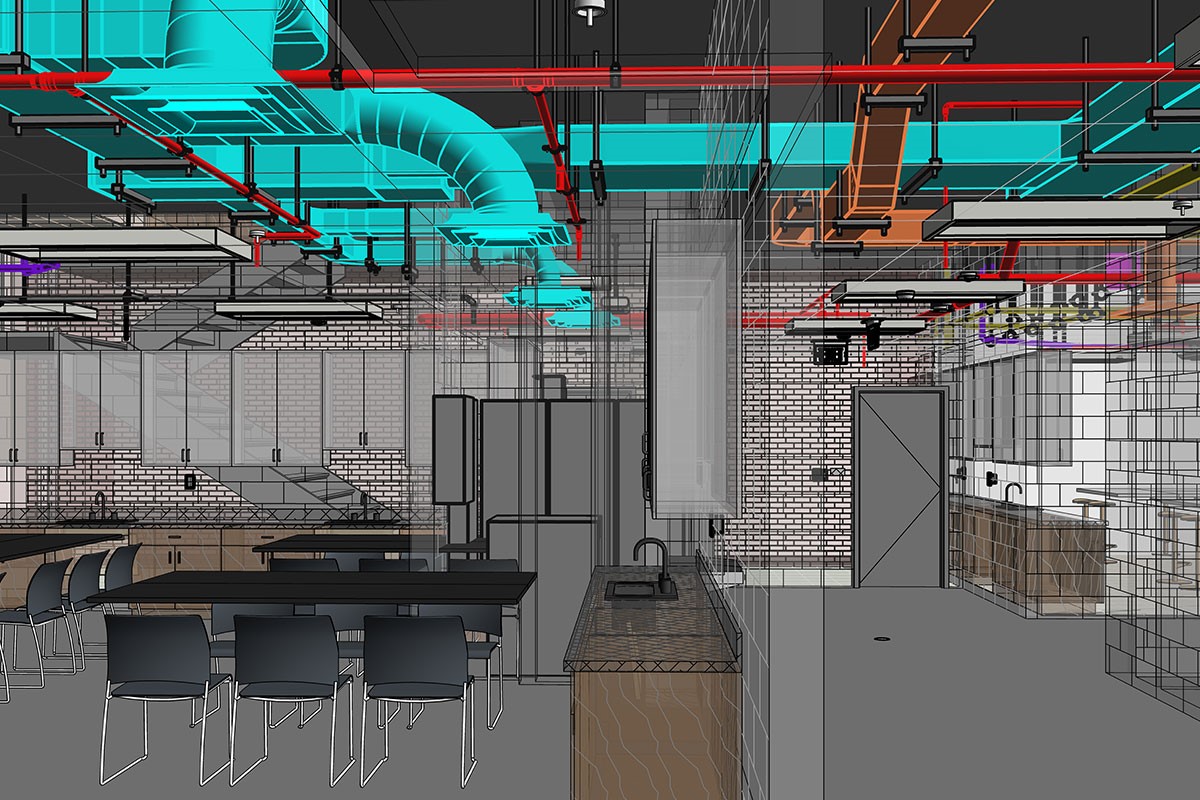- Developing Strategies: Organizations need clear plans outlining how BIM will be used throughout disaster preparedness and response phases. This includes incorporating BIM data into emergency response procedures for crucial decision-making during crises.
- Investing in Training: Providing training programs equips professionals with the necessary BIM skills and knowledge to utilize the technology effectively for disaster preparedness purposes.
- Community Engagement: BIM has the potential to educate communities about disaster risks, evacuation procedures, and the importance of building resilience through clear visualizations and interactive models.
What are the BIM Tools for Disaster Risk Reduction?
- Integrated Data Analysis: Combining BIM data with geographic information systems (GIS) enhances risk analysis accuracy by incorporating the spatial context of potential disasters.
- Simulations and Visualizations: Creating BIM-based simulations and visualizations allows visualization of potential disaster impacts and evaluation of different mitigation strategies.
- Data Sharing and Analysis: Leveraging BIM platforms that enable data integration and analysis facilitates information exchange among stakeholders involved in disaster risk reduction planning.
- Immersive Training: Utilizing BIM’s 3D modeling and virtual reality capabilities can create more immersive and impactful disaster preparedness training experiences.
Here are some of the BIM Strategies for Post-Disaster Reconstruction:
- Rapid Data Collection: BIM enables faster and more accurate data collection after disasters, accelerating reconstruction planning and execution through readily available information.
- Collaborative Decision-Making: BIM facilitates collaboration among various stakeholders involved in the reconstruction process, leading to more efficient decision-making and streamlined rebuilding efforts.
- Optimized Construction: Using BIM helps optimize prefabrication and modular construction techniques, saving valuable time and costs during the reconstruction phase.
- Maintaining Resilience: Continuously utilizing BIM after reconstruction empowers facility management with better data for regular maintenance and ensures the preservation of implemented resilience measures.
Conclusion:
In conclusion, BIM is a significant advancement in a world that is prone to natural disasters such as floods, storms, hurricanes, earthquakes, and more, especially in countries like the United States. It helps us to create structures that are very resistant to damage and to respond to disasters effectively. It leads to safer structures and faster recoveries by simulating real-world conditions, improving designs, and encouraging collaboration among different stakeholders.
BIM’s importance is expected to grow even more in the future. With the development of technology, resilient buildings are set to become the foundation, ensuring that our constructions not only survive but also thrive in the face of challenges.





